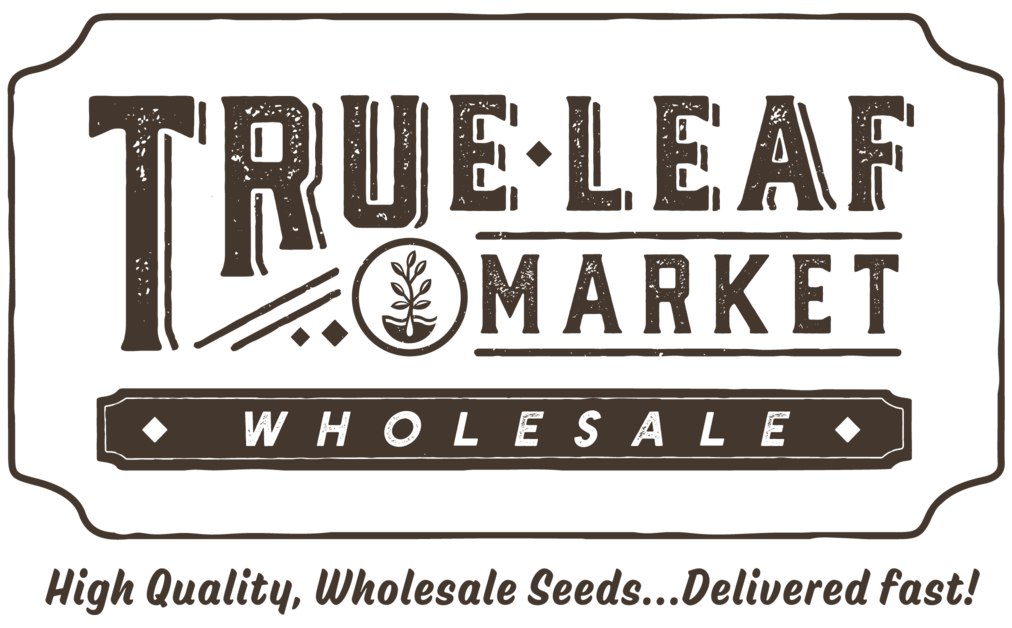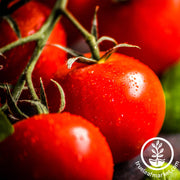Mountain Valley Hybrid Seeds
Tomato Seeds - Bush Early Girl Hybrid
63 Days to maturity (from transplant). Solanum lycoperscium. Bush Early Girl Hybrid Tomato Seeds. Non-GMO, annual, hybrid, determinate, heat tolerant, slicing tomato. Suitable for growing in containers, garden plots, raised beds, greenhouses. Resistant to Fusarium Wilt 1, Fusarium Wilt 2, Root Knot Nematode, Tobacco Mosaic Virus, Verticillium Wilt, Verticillium Wilt 1, Verticillium Wilt 2. Because of its bush habit this variety is great for container growing and will produce earlier than many other varieties. Enjoy its balanced sugar and acid classic tomato flavor in sandwiches, salads, and more! ~9,690 seeds/oz.
//tlmwholesale.com/cdn/shop/t/5/assets/icon-pdf.svg?v=54130628117396913741726517025




